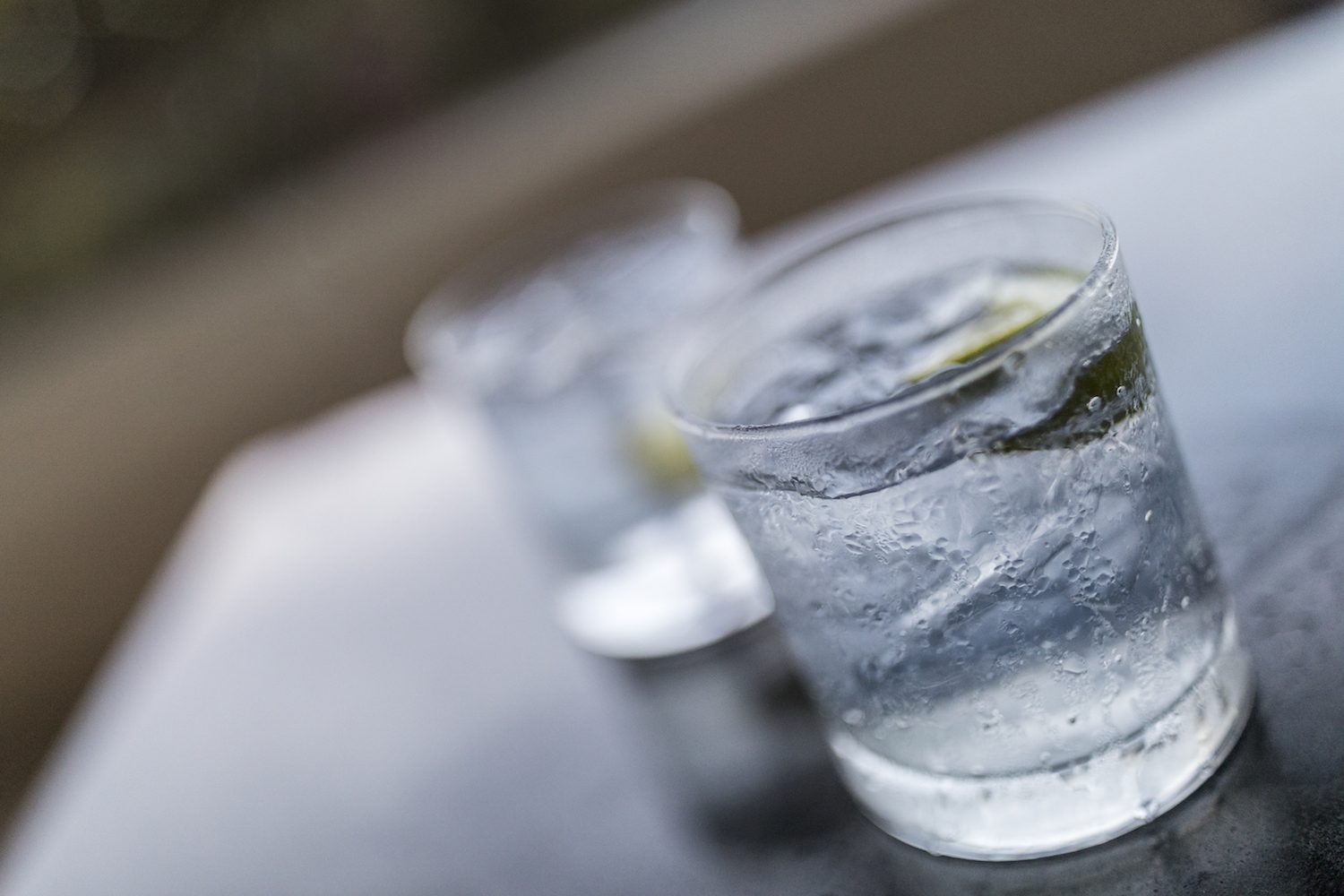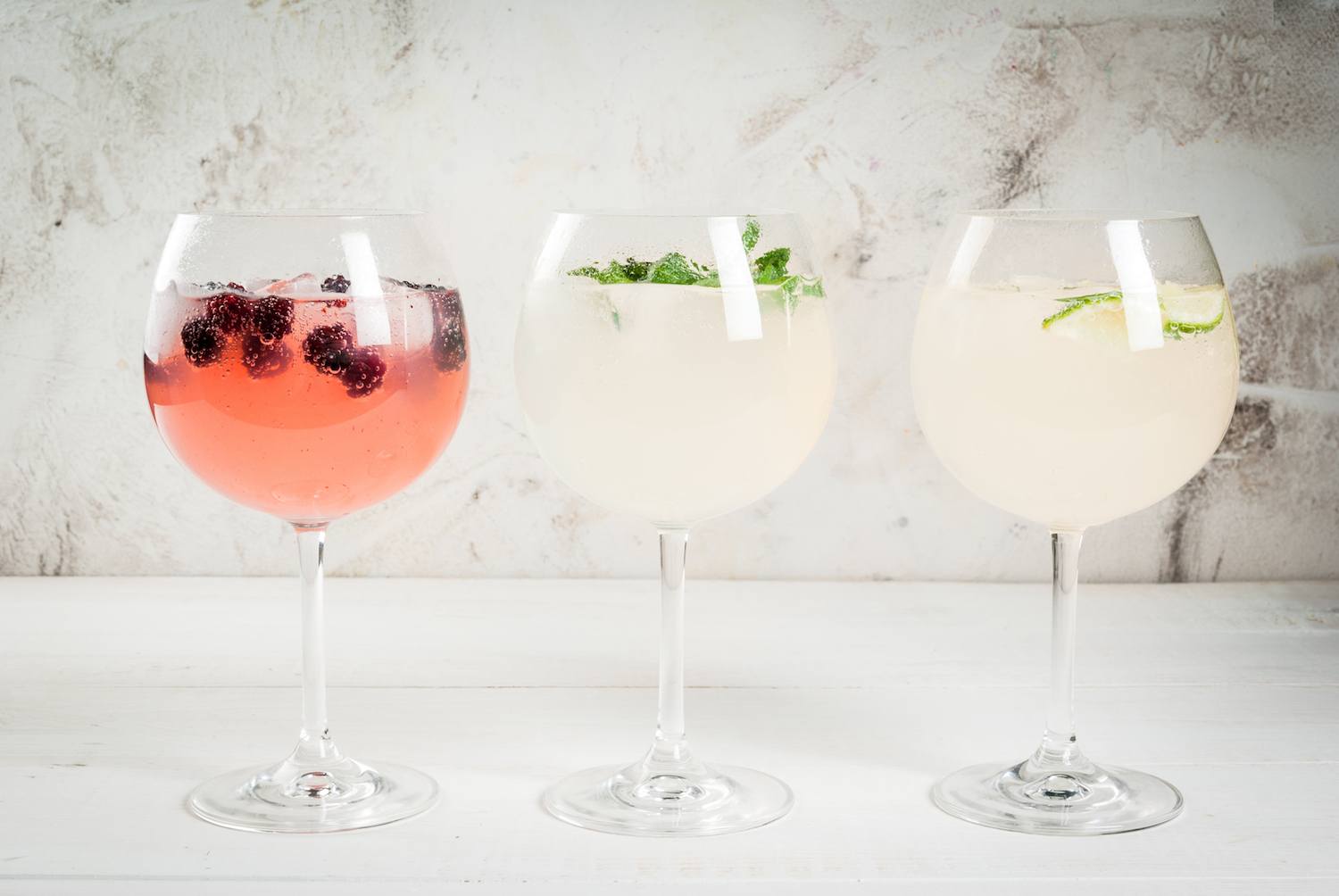
This week, we’re delving into the long history of the gin and tonic—and examining how a simple serve has managed to evolve so dramatically through the ages.
For a drink with only three ingredients—gin, tonic, and your garnish of choice—the G&T can be a fantastically complex (and divisive) subject. The Martini aside, rarely has such a simple serve been treated with the same degree of reverence, obsession and attention to detail—after all—nothing beats a perfectly made gin and tonic.
What’s perhaps most striking is the degree to which the gin and tonic has evolved throughout history. From its accidental origins as an anti-malarial treatment in India through to the baroque garnishes of the Spanish gin tonica and up to the freewheeling G&T of the present day, this is one drink that hasn’t stood still for a moment. Below, we’re tracing the gin and tonic’s long history across four main eras. Which one is your favourite?
The Early Gin and Tonic

The G&T began life as a medicinal cure, though it soon became the stuff of recreation.
Like many good things—penicillin, ice cream cones, microwaves—the gin and tonic was born virtually by accident. When the British Crown took over the governance of India in 1858, malaria was of primary concern. However, it was observed that tonic water, dosed with the quinine-containing bark of the cinchona tree, was a potent antimalarial. Unpalatably bitter on its own, it went down a treat when mixed with gin and lime.
Thus—like gin itself—the G&T began life as a medicinal cure, though it soon became the stuff of recreation.
How To: If you’re making a gin and tonic that resembles this early recipe, opt for a traditional tonic that features plenty of quinine—and make lime your garnish of choice.
The Mid-Century Gin and Tonic
After its semi-accidental origins, the gin and tonic quickly became enshrined in the cocktail pantheon, and became a popular serve both in the UK and overseas. The mid-century gin and tonic is the serve at its most classic and austere.
How To: Mad Men-era drinkers were famous for their preference for dry, strong serves. If you’re making a mid-century G&T, play with the ratios: one part gin, one part tonic, and one part freshly squeezed lime juice should do the trick.
The Spanish Gin and Tonic

The Spanish gin tonica was unlike any style of gin and tonic that had come before, thanks in part to its unique optics.
Following the classical mid-century gin and tonic, the serve underwent a metamorphosis roughly a decade ago, when Spain discovered its abiding thirst for the quenching G&T. The Spanish gin tonica was unlike any style of the gin and tonic that had come before, thanks in part to its unique optics. Highball glasses were swapped for copas, gins and tonics were thoughtfully paired based on their flavour profiles and botanicals, and garnishes were added with wild abandon.
How To: Raid your spice cabinets, garden, and refrigerator—everything from Sichuan peppercorns and cinnamon sticks to blueberries and bell peppers can garnish Spanish G&Ts. Find your biggest fishbowl wine glasses to complete the look.
The Gin and Tonic of Today
The history of the gin and tonic is a fascinating one, then, and we’re eager to see how it will continue to evolve. Today’s gin and tonic is best defined by its diversity and variety. Led by artisanal tonic makers and creative bartenders, the 21st-century gin and tonic might equally feature elaborate garnishes, unusual extracts and elixirs, and other unique additions.
How To: The only limit is your creativity. Opt for unusual fruit garnishes, make your own syrups and infused gins, and get ready to experiment.
Feature images © Mizina/iStock, instants/iStock, Rimma_Bondarenko
